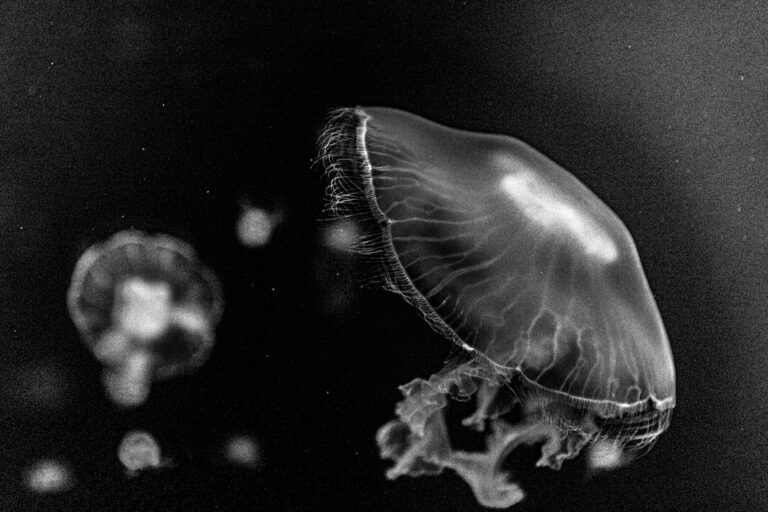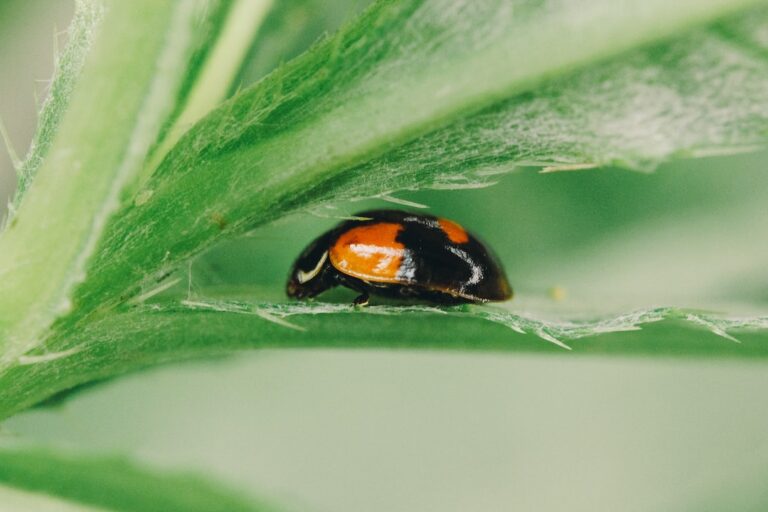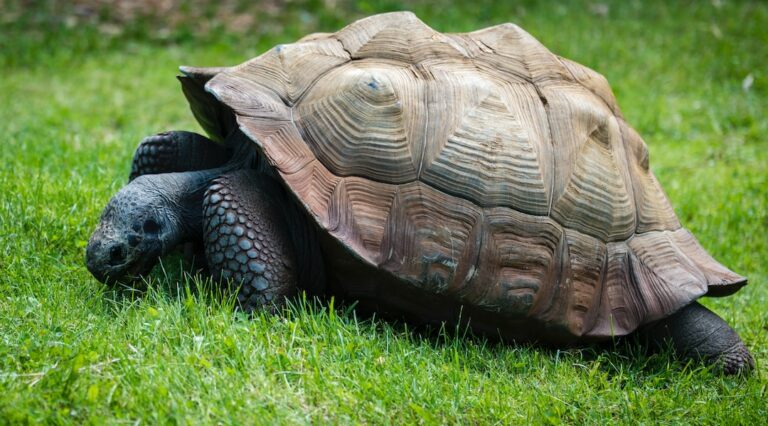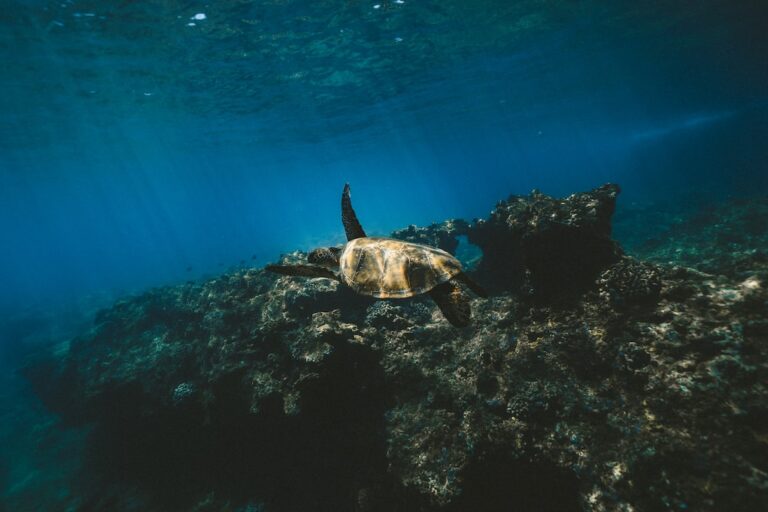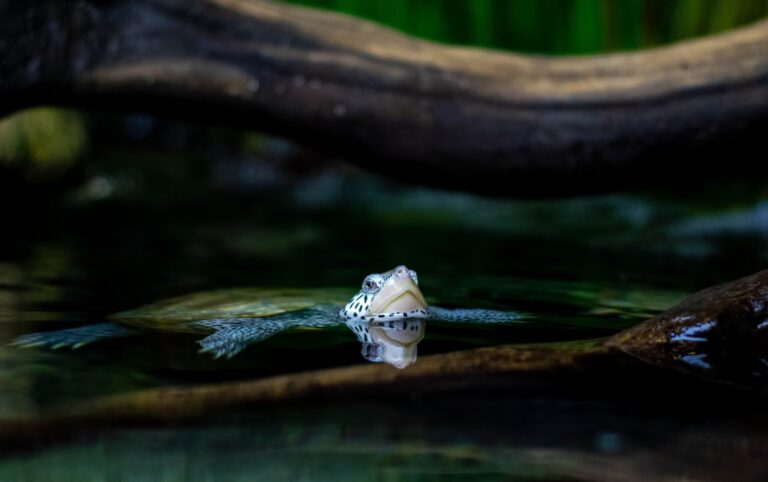Why Do Turtles Eat Their Eggs?
Turtles are fascinating creatures that have captured the attention and curiosity of humans for centuries. Their unique behaviors and adaptations have made them a subject of study and admiration. From their slow and steady movements to their ability to retract into their shells for protection, turtles have a variety of interesting behaviors that make them stand out in the animal kingdom.
One of the most intriguing aspects of turtle behavior is their reproductive process. Turtles have a complex and delicate balancing act when it comes to reproduction, facing numerous challenges along the way. Understanding the intricacies of turtle reproduction can provide valuable insights into their survival and conservation.
Table of Contents
Turtle Reproduction: A Delicate Balancing Act
Turtle reproduction is a complex process that involves both internal and external fertilization. Female turtles typically lay eggs, which are then fertilized by males. The female will find a suitable nesting site, dig a hole, and lay her eggs. She will then cover the nest with soil or sand and leave it to incubate.
However, the challenges faced by turtles during reproduction are numerous. One major challenge is finding a suitable nesting site. Turtles are highly selective when it comes to choosing a nesting site, as it needs to provide the right conditions for egg incubation and hatching. Factors such as temperature, moisture levels, and protection from predators all play a role in determining the success of a nesting site.
Another challenge turtles face is predation on their nests. Many predators, such as raccoons, foxes, and birds, are known to raid turtle nests and consume the eggs. This poses a significant threat to turtle populations, as it can result in low hatching success rates and a decline in overall population numbers.
Why Do Turtles Lay Eggs?
One might wonder why turtles lay eggs instead of giving birth to live young like some other reptiles. The answer lies in the advantages and disadvantages of egg-laying. By laying eggs, turtles are able to produce a large number of offspring at once, increasing their chances of survival. Additionally, the eggs can be laid in a safe and protected location, away from potential predators.
However, there are also disadvantages to egg-laying. The process of laying eggs requires a significant amount of energy and can be physically demanding for the female turtle. Additionally, once the eggs are laid, they are vulnerable to predation and environmental factors such as temperature fluctuations and flooding.
The Importance of Nesting Sites for Turtles
Nesting sites play a crucial role in the survival of turtle populations. A good nesting site provides the ideal conditions for egg incubation and hatching. This includes factors such as temperature, moisture levels, and protection from predators.
Turtles are highly selective when it comes to choosing a nesting site. They will often return to the same location year after year if it meets their requirements. This consistency allows them to maximize their chances of successful reproduction.
Factors that make a good nesting site include sandy or loose soil that is easy to dig, a location that is well-drained to prevent flooding, and an area that is protected from predators. Some turtle species prefer nesting sites near bodies of water, while others may choose locations further inland.
Nest Predation: A Major Threat to Turtle Populations
Nest predation is a major threat to turtle populations worldwide. Many predators have learned to recognize and exploit turtle nests as a source of food. Raccoons, foxes, skunks, birds, and even other turtles are known to raid nests and consume the eggs.
The impact of nest predation on turtle populations can be significant. Low hatching success rates can result in declining population numbers over time. Additionally, if predation rates are high, it can lead to a decrease in the overall reproductive output of a population.
Efforts to protect turtle nests from predators are crucial for the conservation of turtle populations. By understanding the factors that influence nest predation and implementing strategies to mitigate it, we can help ensure the survival of these fascinating creatures.
The Surprising Reason Why Turtles Eat Their Eggs
While it may seem counterintuitive, some turtles actually eat their own eggs. This behavior, known as egg-eating or ovophagy, has puzzled scientists for years. However, recent research has shed light on the reasons behind this seemingly strange behavior.
One reason turtles may eat their own eggs is to regain lost nutrients. Producing eggs requires a significant amount of energy and resources from the female turtle. By consuming the eggs, she can replenish some of these lost nutrients and increase her chances of survival.
Another reason for egg-eating is to prevent the spread of disease. If a female turtle detects that an egg is infected or damaged, she may choose to consume it to prevent the spread of pathogens to the rest of the clutch. This behavior acts as a form of self-defense and helps ensure the survival of the remaining eggs.
How Do Turtles Decide Which Eggs to Eat?
The decision-making process behind which eggs to eat is still not fully understood. However, there are several factors that are believed to influence this decision. One factor is the condition of the egg. If an egg is damaged or infected, it is more likely to be consumed by the female turtle.
Another factor is the size and nutritional content of the egg. Female turtles may preferentially consume larger eggs, as they contain more nutrients. This allows them to maximize their nutrient intake and increase their chances of survival.
The timing of egg consumption is also important. Female turtles may choose to consume eggs early in the incubation period when they are less developed and contain fewer nutrients. This allows them to conserve energy and resources for future reproductive efforts.
The Benefits and Drawbacks of Egg Eating for Turtles
Egg-eating can have both advantages and disadvantages for turtles. On one hand, consuming eggs allows female turtles to regain lost nutrients and increase their chances of survival. It also helps prevent the spread of disease within the nest, ensuring the survival of the remaining eggs.
However, there are also drawbacks to egg-eating. Consuming eggs requires a significant amount of energy and can be physically demanding for the female turtle. Additionally, if a female consumes too many eggs, it can result in a decrease in overall reproductive output and a decline in population numbers.
Can Humans Help Protect Turtle Nests from Predators?
Humans can play a crucial role in protecting turtle nests from predators. There are several strategies that can be implemented to mitigate nest predation and increase hatching success rates.
One strategy is the use of predator exclusion devices. These devices, such as wire mesh cages or electric fences, can be placed around turtle nests to prevent predators from accessing them. This allows the eggs to incubate and hatch without the threat of predation.
Another strategy is habitat management. By creating or enhancing suitable nesting sites for turtles, we can provide them with safe and protected areas to lay their eggs. This can include clearing vegetation, creating sandy areas, or providing artificial nesting sites.
Education and outreach programs are also important in raising awareness about the importance of protecting turtle nests. By educating the public about the threats facing turtles and the steps they can take to help, we can foster a sense of stewardship and conservation.
Understanding Turtle Behavior to Promote Conservation
Understanding the behavior of turtles is crucial for their conservation and survival. By studying their reproductive process, nesting site selection, and predator-prey interactions, we can develop effective strategies to protect them.
Turtles face numerous challenges during reproduction, from finding suitable nesting sites to avoiding predation on their nests. By understanding these challenges and implementing strategies to mitigate them, we can help ensure the survival of these fascinating creatures.
Through efforts to protect turtle nests from predators and educate the public about the importance of conservation, we can make a positive impact on turtle populations. By understanding and appreciating the fascinating behavior of turtles, we can work towards a future where these incredible creatures continue to thrive in their natural habitats.
If you’re interested in learning more about reptiles, you might also enjoy reading the article “Are Turtles Cannibals?” on Reptile Friend. This fascinating piece explores the intriguing behavior of turtles and their tendency to eat their own kind. Discover the reasons behind this behavior and gain a deeper understanding of these ancient creatures. Read more


